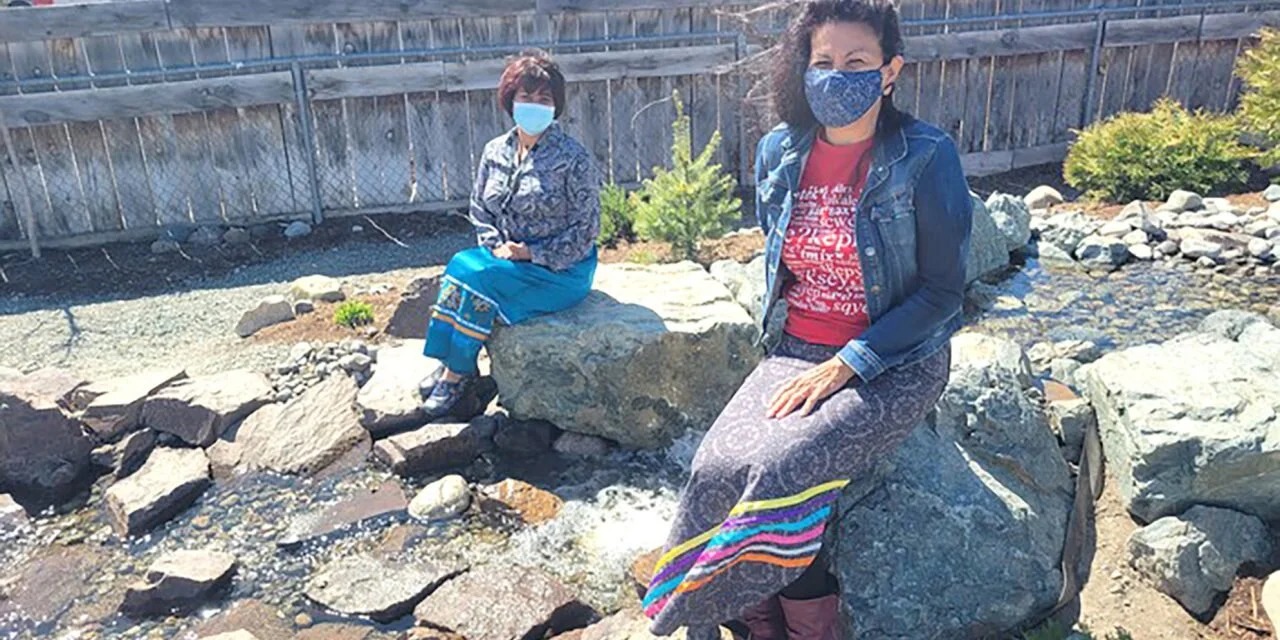If you were to win the election, what would you do to ensure the development of sustainable, additional, water supply and treatment for the region in order to allow for further growth, both from a business/industrial and population perspective? Water is Canada's most precious natural resource, and protecting our region’s water is a high priority for me, and for our Liberal team. We have 20% of the world's freshwater reserves, and water is essential to our well-being and economy.
Back to top Benefits of Local Conservation Funds
Across the province, Local Conservation Funds are an approach that a growing number of communities and local governments are taking. Local Conservation Funds provide much-needed financial support for important local projects that contribute to the health of wildlife, habitat and water. The Columbia Valley Local Conservation Fund, established in 2008 in the East Kootenay, was the first of its kind in Canada’s history. Local residents agreed, by referendum, to pay a parcel tax of $20 per parcel per year to this dedicated fund for conservation projects. The service was so successful, the Columbia Valley’s Regional Directors voted unanimously to remove the sunset clause before the service was due to expire so it would continue after 2018.
Fresh water: Quebec to spend $150M annually to protect 'blue gold'
Quebec plans to “significantly increase” the fees charged to companies that extract fresh water in the province, Premier François Legault said Thursday. Speaking at the United Nations COP15 biodiversity conference in Montreal, the premier announced his Coalition Avenir Québec government will introduce a bill early in 2023 on protecting water. Describing water as “blue gold,” Legault said 25 per cent of the planet’s fresh water runs through the St. Lawrence River.
A decade of broken promises: How Canada failed to meet its goal for protecting land and water
Canadian politicians are great at making promises about protecting the environment. They’re not always great at keeping them. In 2010, former Conservative prime minister Stephen Harper’s government agreed to protect 17 per cent of Canada’s land and freshwater by 2020. At the time, just 9.6 per cent of Canada’s land and freshwater — collectively referred to as “terrestrial areas” — was protected, meaning it was safe from future development and had plans in place for safeguarding wildlife and ecosystems.
Canada gets serious about water woes. Will Indigenous voices be heard?
Makaśa Looking Horse has been protecting the water since she was a child – as part of her spiritual beliefs, in protest against Nestlé’s extraction of water from her nation’s traditional land, and today as a youth advocate of Ohneganos, an Indigenous water research project that, in the Cayuga language, means “water is life.” She doesn’t consider herself an activist. “It’s more like my way of life. And I do it every single day,” she says. It was passed down from her parents. “But it doesn’t stop there. My grandmothers and my ancestors, that’s what they always did, too. So it’s not just me and my activism in a little compartment. It’s me and my whole lineage and my people and my way of life, of always protecting the water.”
NCES students raising money for Indigenous communities
Students at Nicola Canford Elementary School (NCES) are doing their part to ensure all Canadians have access to safe, clean drinking water by launching a fundraiser in partnership with Water First, a Canadian charity that raises money for Indigenous communities in Canada without safe drinking water. “As part of our curricular work, we have accessed water testing kits from safewater.org and their teaching resources,” said Bergmann.







